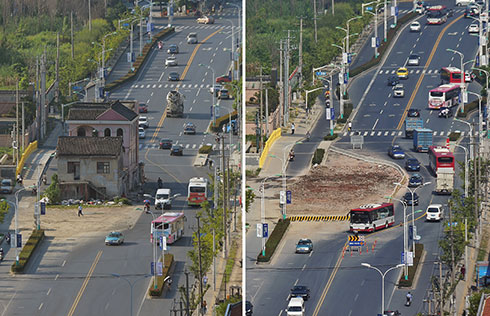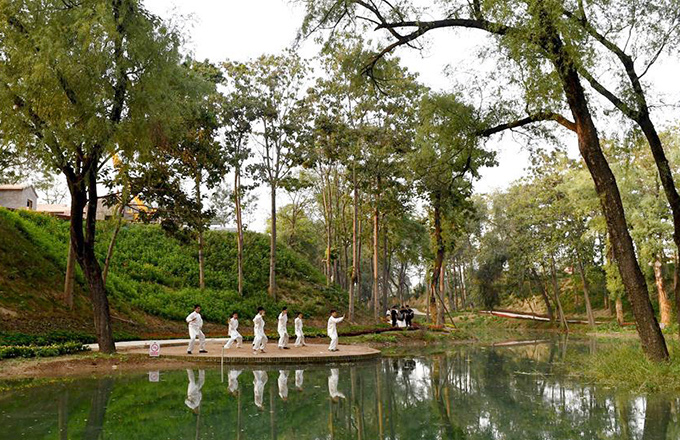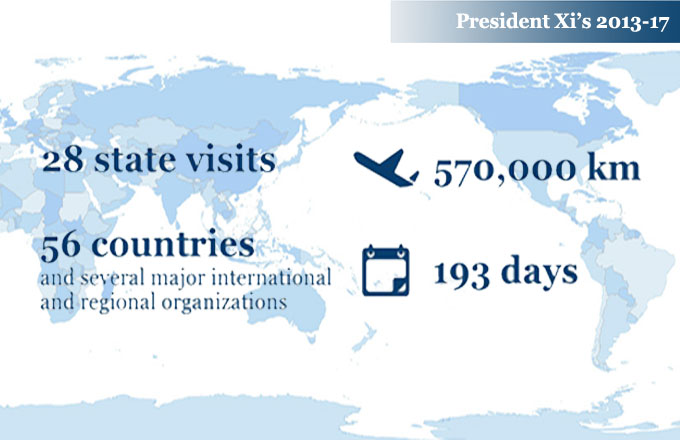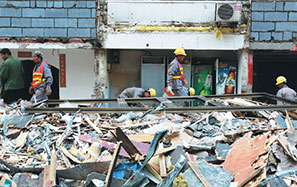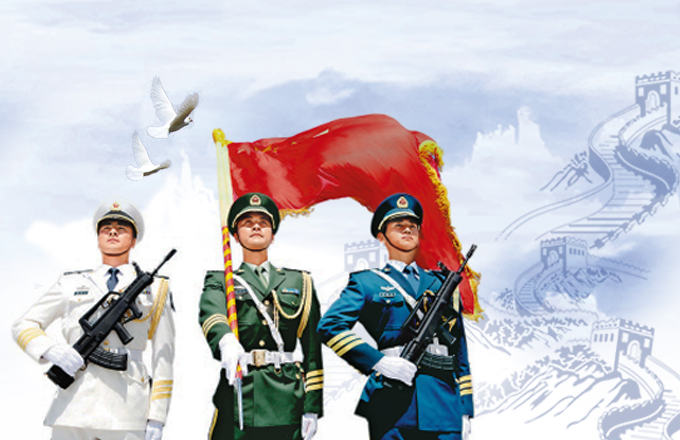Japan's Unit 731 used balloons, bombs in WWII germ warfare
HARBIN - The notorious Japanese chemical warfare unit known as Unit 731 used ceramic containers and balloons as biological bombs to attack Chinese civilians and animals, according to a Chinese museum.
Some of the ceramic bombs and a 3-meter-tall white balloon are on display at the Museum of Evidence of War Crimes by Japanese Army Unit 731 in Harbin, Heilongjiang province.
Unit 731 produced about 2,000 ceramic bombs from 1937 to 1942, a staff member at the museum said on Monday, which was a key date in the War of Resistance Against Japanese Aggression (1931-45).
Monday marked the 86th anniversary of the September 18 Incident - a staged explosion by Japanese troops that was used as a pretext for attack.
On Sept 18, 1931, the Japanese Imperial Army blew up a section of railway near the city of Shenyang, Liaoning province. The incident triggered a large-scale Japanese invasion of China that would last 14 years.
Metal bombs required a lot of gunpowder to explode, and extremely high temperatures could kill bacteria, so the Japanese began using ceramic bombs, which held fleas carrying anthrax and bubonic plague, according to the museum staff member.
Ceramic bombs required little gunpowder. And when they exploded, the biological agents were dispersed into the air. A plane could carry 10 ceramic bombs, each containing around 5,000 fleas that could infect a large number of domestic animals and people.
To help the diseases proliferate, the Japanese also used hot-air balloons to distribute plague carrier fleas. Infected clothing and supplies were also dropped to spread the deadly pathogens.
"This is new proof of atrocities committed by the Japanese Army," said Jin Chengmin, curator of the museum. "It serves as a warning for us to remember history and cherish peace."
Unit 731 was a secret biological and chemical warfare research base established in Harbin as the nerve center of Japanese biological warfare in China and Southeast Asia during World War II.
Civilians and prisoners of war from China, the Soviet Union, the Korean Peninsula and Mongolia all perished at the hands of Japanese scientists.
The retreating Japanese blew up the base when the Soviet army took Harbin in 1945.
Xinhua




